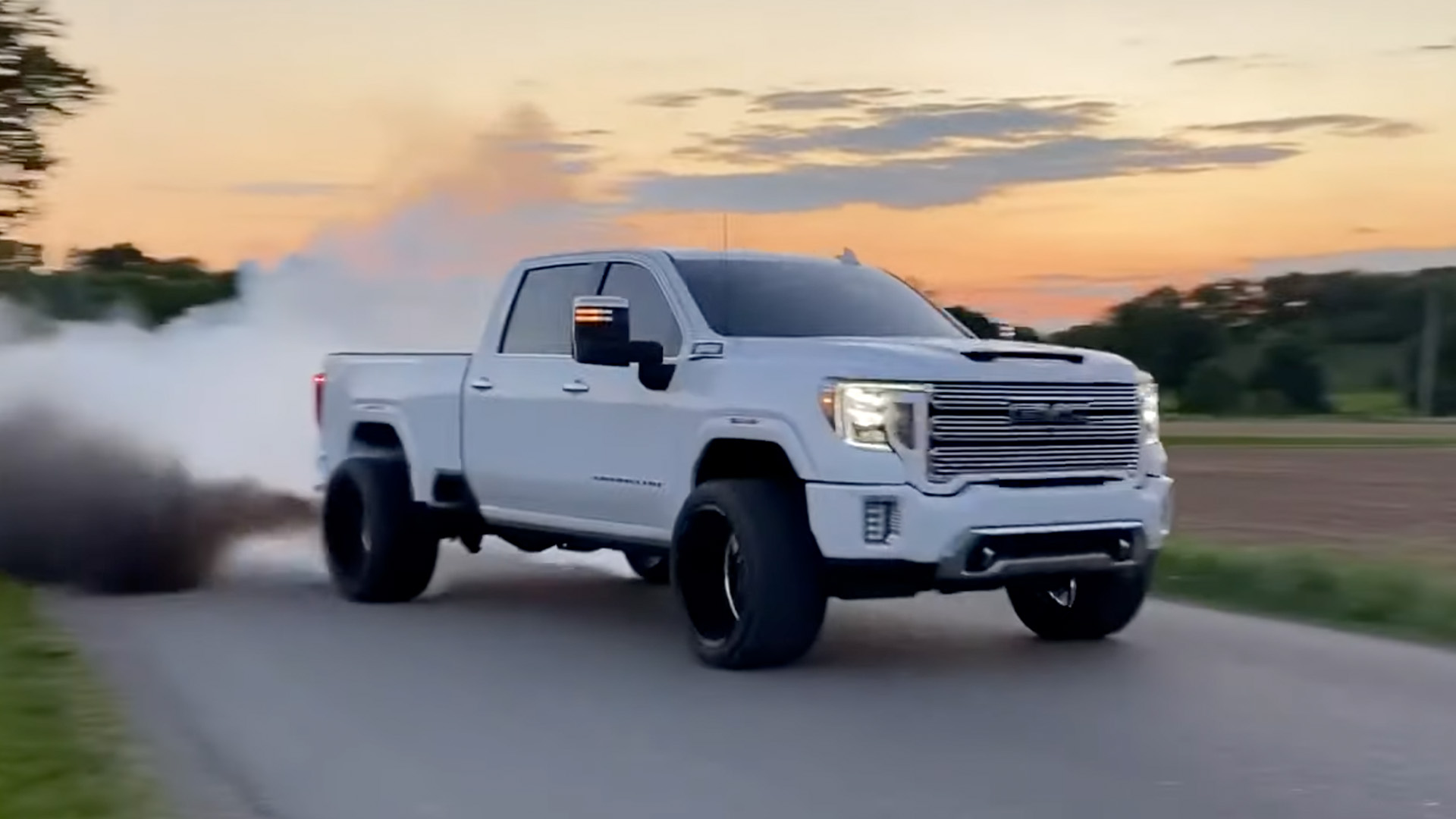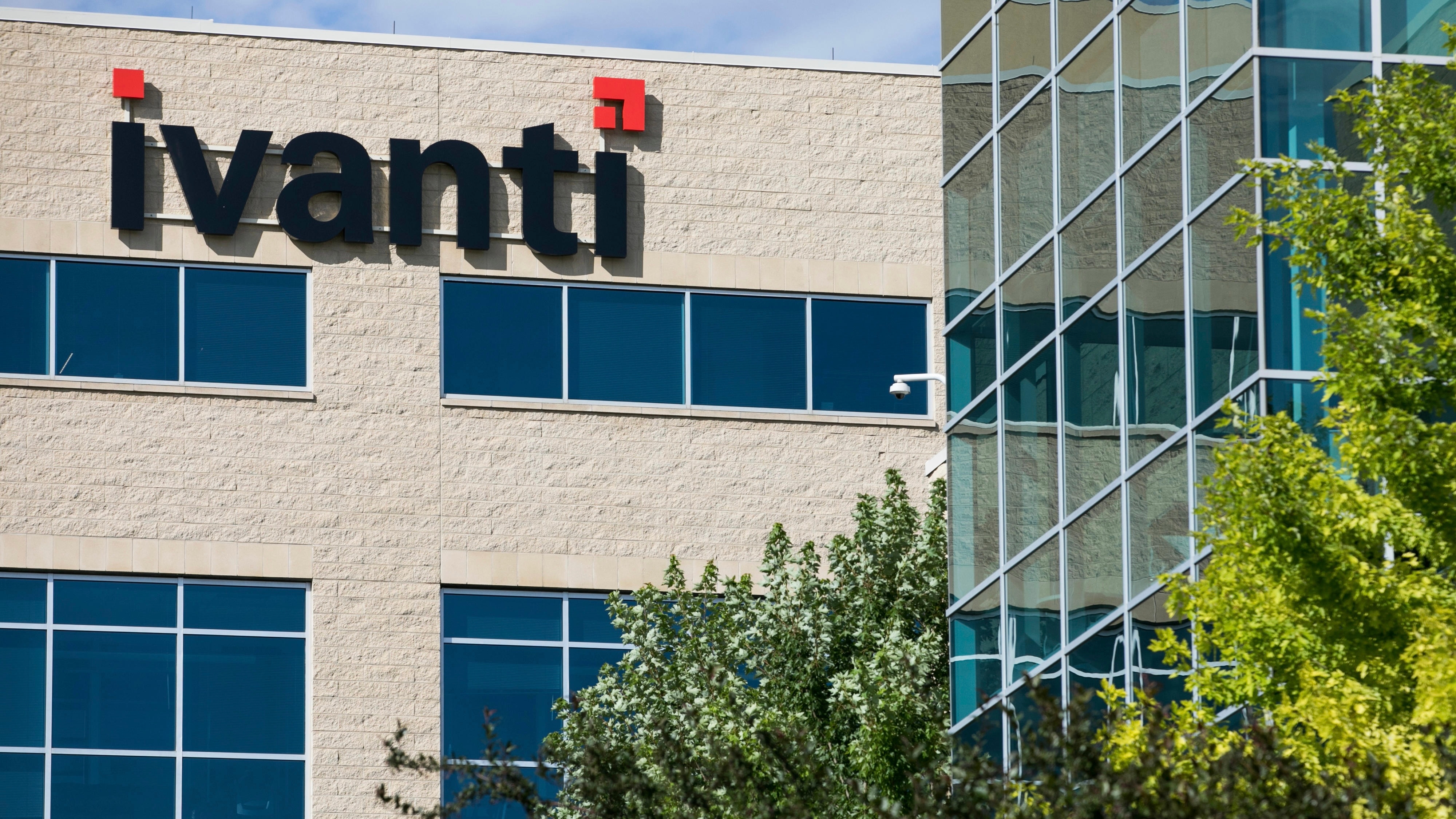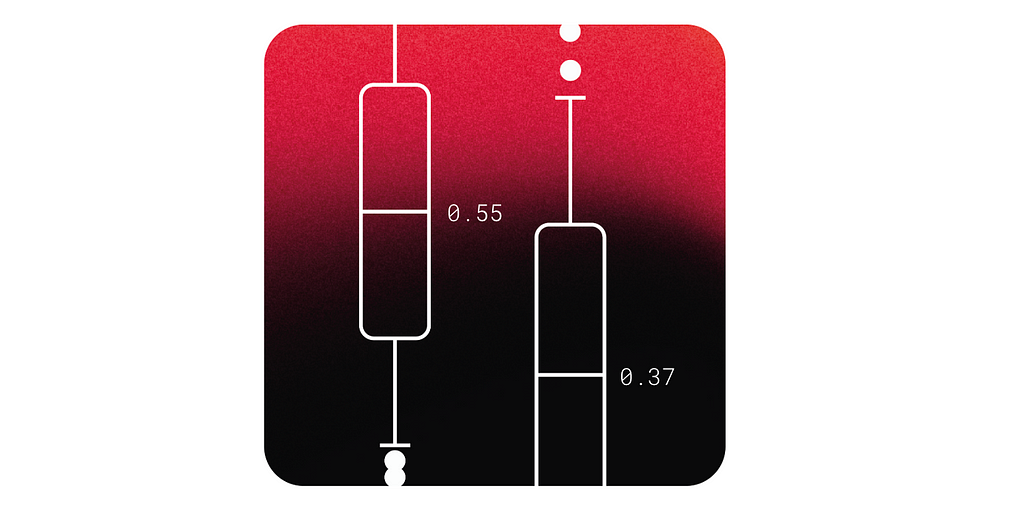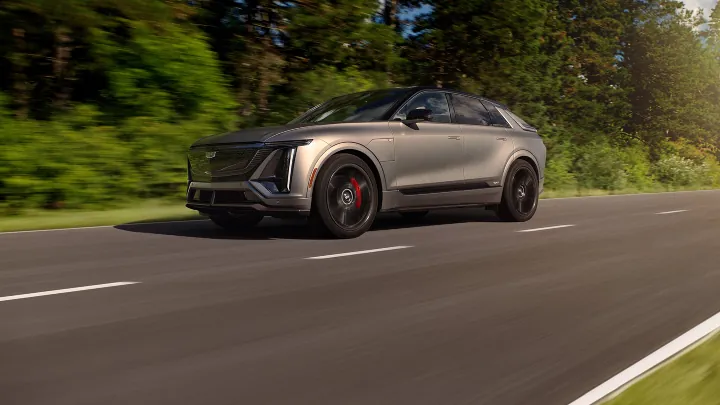Diesel Tuners Can’t Wait for Trump’s EPA To Leave Them Alone, But Just Hold On a Minute
Big players in the diesel truck aftermarket are getting excited about loose regulations and high profits under Trump's EPA after years of harsh enforcement. The post Diesel Tuners Can’t Wait for Trump’s EPA To Leave Them Alone, But Just Hold On a Minute appeared first on The Drive.

The last four years have been hell on certain corners of the automotive aftermarket. Companies went from making millions of dollars on performance parts to owing millions on payment plans to the federal government after the EPA increased enforcement like few thought possible and none had really seen. It kneecapped diesel tuners especially, those who spent the 2010s thriving in grey areas that President Biden’s administration swiftly defined as unethical and illegal under the Clean Air Act. Now, those who survived the civil penalties and, in some cases, felony charges are thrilled at the prospect of the script being flipped under the incoming Trump administration.
We’re right on the cusp of Trump’s inauguration, and there’s a lot we still don’t know about how things will shake out these next few years. However, a few early developments have encouraged truck tuners, namely Trump’s cabinet appointments and their collective commitment to limiting government interference in American industry. That meant big money for the aftermarket the last time around, but ignoring the precedent set by the EPA recently could land them in a similarly desperate situation yet again, perhaps as soon as Trump’s successor takes office.
Knowing this, I reached out to a couple of contacts deeply embedded in the diesel aftermarket for a temperature check. I spoke with Kory Willis, the founder and president of PPEI Tuning. Willis has been one of the most vocal opponents of EPA enforcement since 2021 when the federal agency handed him $3.1 million in civil penalties and criminal fines for violating the Clean Air Act. Next, I called SEMA Director of Emissions Compliance Dean Schlingmann. He helps the aftermarket association’s members ensure their products are in line with regulations set by the EPA and, when necessary, the California Air Resources Board. My hope in speaking with both of them was to gain insight into the industry’s status ahead of Trump’s inauguration as well as get their forecast for the coming years—two perspectives from two pros who know the situation.

Willis’ response is resoundingly positive. As he told me on the phone, he’s confident that automotive performance companies will be free from government overreach once Trump is back in office. What’s more, he’s confident that some of the restrictions imposed on tuners like himself will be rolled back—and given the Supreme Court’s overturning of Chevron deference last year, which ruled that judges can strike down a government agency regulation if they don’t believe it’s a “reasonable” interpretation of the underlying law, he could very well be right.
Right now, as part of his consent decree, Willis must obtain a CARB Executive Order number for each product he sells, even if he doesn’t intend to sell it in CARB-regulated states. It’s a painstaking process that takes months and tens of thousands of dollars to see through. When I asked if he believed that requirement would be dropped, he replied quickly: “I’m willing to state that by February, that’ll be the case.”
A key focus for Willis, PPEI, and any other player in the automotive aftermarket is defining what products are for off-road use only. Specifically, they’re concerned with parts for racing vehicles that don’t need to meet the same emissions standards as road-going cars or trucks. During the previous decade, nearly every component the EPA recognizes as an emissions defeat device was sold with a label stating it was intended exclusively for off-road use. Performance parts manufacturers and distributors figured that would absolve them from any misuse of said products, whether they be altered tuning files or equipment to bypass the exhaust gas recirculation (EGR) system and diesel particulate filter (DPF). Tens of millions of dollars in fines show they were wrong about that.
“The argument I’ve had since day one that is still going unanswered for the last 10 years is, ‘How can I legally sell a racing product?'” Willis quipped. “You should be able to ask that question of your government and they give you a black-and-white definition. But they won’t do that, and they still don’t do that. They will never come out and state how someone can legally sell racing products.
“That definition will 100% come to light very early on in the Trump administration.”

Beyond that, Willis believes truck owners will have the right to repair their vehicles however necessary on a cost-benefit basis. He created a hypothetical scenario involving a 2008 Chevy Silverado HD with a Duramax diesel and 150,000 miles, one owned by someone with a relatively low income who uses the truck for work. Willis said that if it costs more to repair that pickup’s emissions equipment than the vehicle is worth, the Trump administration could allow the owner to strip the DPF to get the truck back on the road.
“We’ll for sure see shops selling DPF deletes because the government hasn’t slowed it down,” Willis explained. “All the government has done is take out the American manufacturers. What this allowed people to do is get their products from Russia, China, and Canada, and import them into the States.”
Willis explained his rationale by pointing to two key Supreme Court happenings: West Virginia vs. EPA and the overturning of Chevron deference. Without getting too far into the weeds of legalese, West Virginia vs. EPA was a 2022 case whose ruling limited the EPA’s authority to curb carbon pollution, specifically in the case of power plants but more broadly implicating other industries as well, not just energy. And the end of Chevron deference was a landmark shift in June 2024 that riled up the automotive aftermarket. It effectively allows federal judges to interpret ambiguous legislation without handing a case over to an agency whose expertise is directly related. In a nutshell, judges could reach their own ruling on whether an individual or business violated the Clean Air Act without handing it off to the EPA for a verdict.
Maybe you understand why all this sounds like a major win for someone in the diesel aftermarket. But SEMA’s head of emissions Dean Schlingmann strongly warns against making rash decisions.
“The fact of the matter is: The laws are still the laws,” Schlingmann told me. “And we do need to comply.”


He raises an important point there. Even if Trump and his choice for EPA boss Lee Zeldin fired half the agency’s staff on day one, the regulations would still be in place. And if enforcement is lax during the forthcoming presidential term, whoever takes the Oval Office next could make a hard pivot to punish violators of the Clean Air Act. Hedging your bets against that is unwise, and it isn’t the way to flourishing as Schlingmann mentioned during our call.
See, Schlingmann’s role is unique because he’s tasked with representing the aftermarket industry and also keeping them up to speed with government goings-on. Whereas we tend to have this dichotomy in mind where the one party hates the other, Schlingmann strives to maintain a healthy relationship between the two. That all goes out the window if shops and tuners ignore regulations to chase a profit.

Indeed, Schlingmann and SEMA as a whole do their job by keeping in close touch with entities like the EPA. They wouldn’t be able to educate their members without knowing the regs and having open discourse with the ones who are not only creating them but also enforcing them. That’s why at the 2024 SEMA show in Las Vegas—which kicked off on election day, Nov. 5—they hosted a compliance panel event featuring Ed Kulschinsky. He’s an attorney at the vehicle and engine branch of the EPA’s Air Enforcement Division.
“That was a very eye-opening conversation,” Schlingmann recounted. “There was a human in the room; it wasn’t even somebody over the phone. And it was awesome to exchange ideas and try to understand from their standpoint what they’re trying to do here.”
“It put a face to something that otherwise looks very ominous and almost black-box in some cases where it’s the big bad EPA or whatnot,” he continued. “We can take that approach, but frankly, I don’t think that’s productive.”
Publicly, SEMA refrains from framing its relationship with the government as “them versus us.” It acknowledges the importance of being good environmental and industrial stewards. That’s why you see SEMA in the news petitioning against EV mandates while simultaneously instructing its members on how to stay compliant.
And like Willis, SEMA recognizes the need to define race-only parts. It’s a topic that “when you start talking to regulators [about it], they get kind of loose in their seat,” as Schlingmann recounts. So it’s not just “shut up and comply” on SEMA’s end—it’s show up and be informed so the industry can lobby for clearer definitions.

Schlingmann acknowledged the election’s impact on the most recent SEMA show, which was felt and realized by everyone with skin in the game. He noted that people left the event on Tuesday night, concerned by what the next few hours might mean for their livelihood as “the aftermarket automotive industry, in some cases, can be one regulation or one signature from being legislated out of business.” It was a much different vibe on Wednesday morning, though. “There was a huge difference in everybody’s spirit and general attitude,” he continued. “That was very eye-opening to witness. I’m trying to think if I’ve been at a SEMA show in the past where there was an election that seemed this critical, especially to our industry.”
Still, SEMA does not see now as a time to depart from the regulatory framework members have come to expect.
“Will it change? Yeah, everything changes with regulation,” Schlingmann admits. “There are new interpretations, new regs that are written. But that’s also just part of the process.”
“If I was a manufacturer out there, I would still have my eyes open to what the current regs are,” he went on. “I really don’t see a scenario playing out where laws are just flat-out crossed off any books or anybody backs down too much from where we’re currently at.”
Of course, some will do what they think is best regardless. It’s my hunch that most will still do it secretively in an attempt to fly under the radar of future administrations. It’s also my hunch that will never work.
“If you want to start talking about delete kits, if you want to start installing those in somebody’s backyard garage, you’re going to be hiding forever,” Schlingmann noted. “That’s not a place to be successful and flourish long-term. Get involved, be educated, and know what’s out there.”
Got a tip or question for the author? Contact them directly: caleb@thedrive.com
The post Diesel Tuners Can’t Wait for Trump’s EPA To Leave Them Alone, But Just Hold On a Minute appeared first on The Drive.
What's Your Reaction?


















































